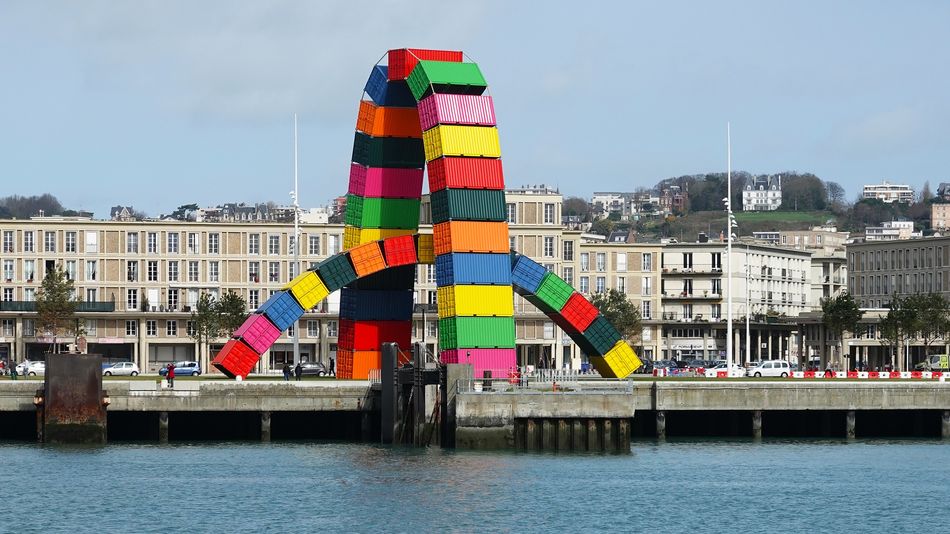9 interesting facts about sea containers

Sea containers. They play a huge role in our life. In fact, almost everything you use day in and day out - food, drinks, clothes, furniture, appliances - is transported in a shipping container at some point.
But how much do you really know about them?
If there's something about these big metal boxes that we don't know, it's probably not worth knowing. And so, we've put together a list of our favorite "interesting" facts about shipping containers!
1. The first modular shipping container was designed by Malcolm McLean.
In 1955 McLean developed a revolutionary "modular" container with four corner posts. These racks made it easy to lift containers and stack them on ships, thus solving the problems of bulk transport (which was common at the time) and increasing shipping efficiency. He generously gave away the patent for free so that anyone could start using it.
2. 97% of all shipping containers are made in China
There are two reasons for this. First, very low labor costs. Secondly, China has the necessary large manufacturing capacity and produces most of the world's products. It makes sense to build containers there rather than build them somewhere else and transport (empty) for goods.
3. 20 million containers are on the move at any given time.
This includes both containers traveling on land and those traveling by sea. In fact, it is estimated that one container can cover the equivalent of a trip to the moon and back each year. That's quite a distance!
4. Shipping containers are virtually indestructible.
With proper care, they can last 25 years or more. 40ft containers tend to outlive 20ft shipping containers as they are usually not packed to their weight limit. And because of their durability, once they are out of service, they can be used for a range of other purposes. For example, containers are often turned into shops, restaurants, offices, swimming pools, classrooms, and more.
5. 10,000 shipping containers are lost at sea each year.
That's almost 192 containers a day. They usually fall off the ship because they weren't properly secured or bad weather loosened the fasteners during shipping. In most cases, they simply sink to the bottom of the ocean. But in some cases, they float, and the contents gradually return to land. In 1992, a 40-foot shipping container filled with baby rubber ducks fell into the Pacific Ocean. Ducks washed ashore in Alaska in 10 months. And surprisingly, their journey has helped oceanographers learn more about ocean currents around the world.
6. Currently, 95% of the world's cargo is transported by sea.
And almost all of these goods are transported in sea containers. After all, it is the cheapest way to move goods around the world. A standard 40ft container can hold a very large volume of goods (at least 8,000 shoe boxes!), offering excellent value for money. And the speed, efficiency and reliability of delivery cannot be replicated by any other mode of transport.
7. Shipping container numbers are not random
All commercially used shipping containers have a serial number that consists of a four-letter prefix followed by a seven-digit number. The first three letters indicate the owner, and the fourth letter the category of the container, usually U (Unit Freight Container). The next six digits are arbitrary. But the last digit - the check digit - is calculated using a complex mathematical formula. We won't go into details. But the container number is never completely random.
8. Half of all shipping containers are owned by shipping companies.
This shouldn't come as much of a surprise. Major shipping companies – Maersk, MSC, Hapag-Lloyd and others – own about 50% of shipping containers used in 2021. The rest are leased, and leasing agreements are usually concluded for a period of 1 to 10 years.
9. Containers marked for food or chemicals cannot be used for other types of cargo
Once an ISO shipping container has been used to transport food, it cannot be used to transport any other type of cargo. This is necessary to prevent contamination. The same rule applies to an ISO container labeled for chemicals. It may never be used for any other purpose. What's more, the chemicals he's legally allowed to carry will depend on the three previous chemicals he's been carrying.


